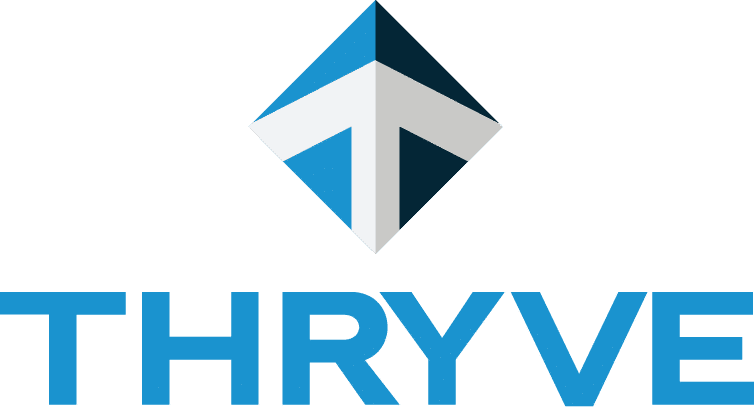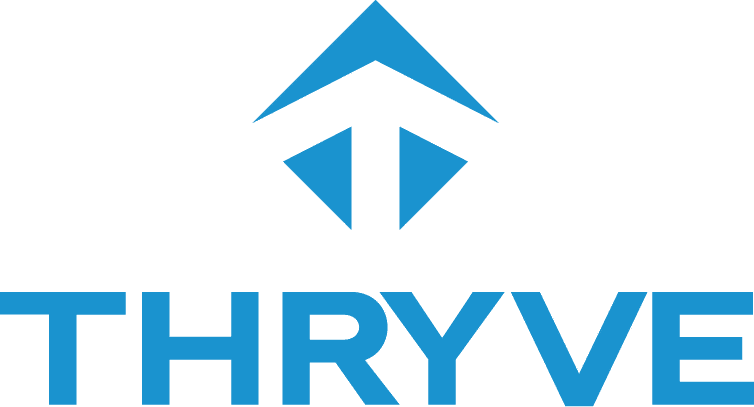If you’ve found yourself scratching your head over terms like “top line” and “bottom line,” you’re not alone. Many small business owners are familiar with these phrases but might not fully grasp their significance. This post will demystify these crucial concepts, helping you make informed decisions for your accounting and strategic services in order to grow your business.
What is the top and bottom line in business?
In business, the “top line” refers to a company’s total revenue or gross sales. It’s called the top line because it’s the first line item on an income statement. The “bottom line,” on the other hand, refers to a company’s net income or profit. It’s the last line item on an income statement, hence the name.
The Importance of the Top Line
The “top line” refers to your company’s gross revenue or sales, whether you’re offering accounting and strategic services or any other type of product or service. The top line sits at the top of your income statement, indicating the total income generated from your business activities before any expenses are deducted. This figure gives you an initial snapshot of how sales of your products or services are performing in the market.
Measuring Business Growth
An increasing top line usually signals robust growth of the business, suggesting that your products or services are in demand. Conversely, a declining top line might indicate issues like market saturation or ineffective marketing strategies. Monitoring this metric regularly can provide early warnings, allowing you to pivot your business strategy or outsource CFO services as needed.
The Importance of the Bottom Line
The “bottom line” is your net income or profit, calculated after all expenses, taxes, and costs are subtracted from your total revenue. This figure appears at the bottom of your income statement, hence the name. Unlike the top line, the bottom line gives you a clear picture of your business’s profitability. Strategic accounting practices can significantly impact your bottom line, influencing your net income and overall financial health.
Determining Business Health
A positive bottom line indicates that your business is not only generating revenue but also managing expenses efficiently. You are earning a profit after expenses that you can invest in the business or withdraw for personal use. Negative bottom-line figures suggest that you are losing money in your business after expenses are paid.
The Relationship Between Top Line and Bottom Line
Balancing Act
Striking a balance between boosting revenue and controlling costs is crucial. Focusing solely on the top line might inflate sales figures but won’t necessarily translate to profitability. Similarly, cutting costs excessively to improve the bottom line can stifle growth and innovation.
Elevating Business Success with Strategic Accounting
Strategic accounting empowers your business to make smarter financial decisions that directly impact your bottom line. From implementing cost-saving measures to optimizing pricing strategies and identifying lucrative investment opportunities, strategic accounting can be a game-changer. Let The Thryve Group be your partner in achieving greater business success.
Conclusion
Understanding the nuances of the top line and bottom line is crucial for small business owners. These metrics provide valuable insights into your business’s revenue generation and profitability. By balancing revenue growth with cost management, you can build a financially resilient business.

